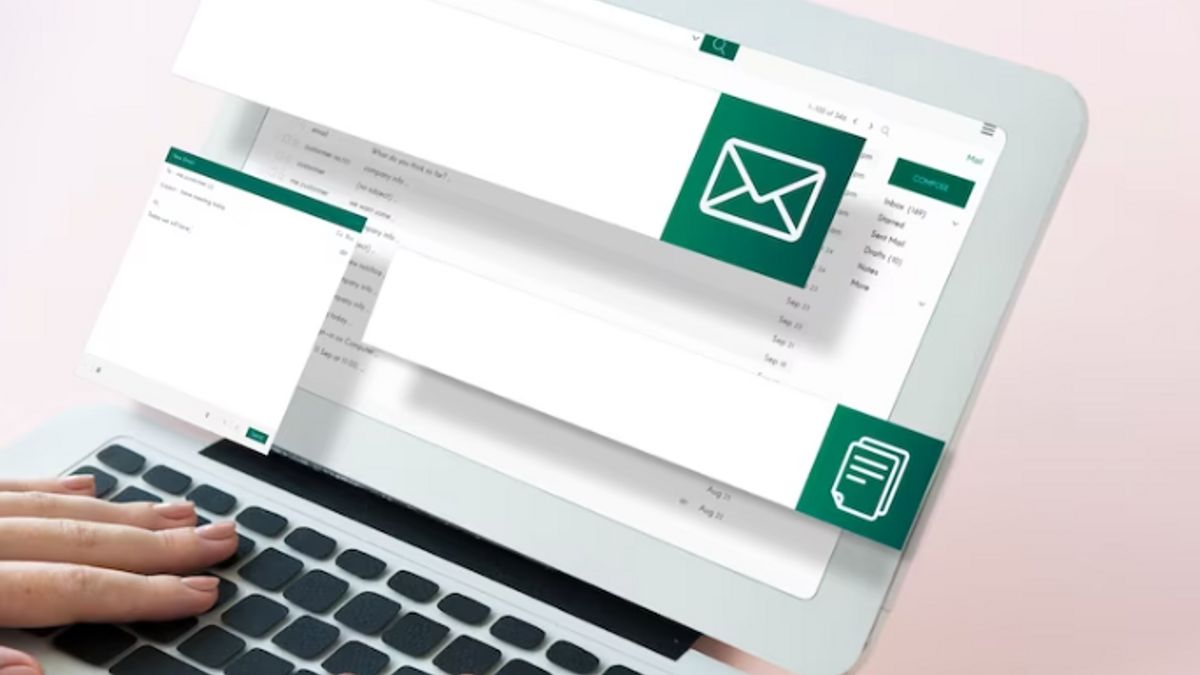YOGYAKARTA - Does your email inbox often receive messages containing promotions or updates from a company. The email message is known as a newsletter. Many companies use newsletters as marketing strategies to reach their customers. So what are newslets and what are their functions or benefits?
Newsletters are one of the most effective marketing strategies implemented in the digital era. Usually newsletters contain the latest information shared by companies, ranging from promos, subscription services, new products, and others. Understanding what newsletters need to be understood by business owners and customers.
Newsletter is a media of information or broadcast containing short messages addressed to readers. Simply put, newsletters can be called emails containing the latest information or updates from companies shared with their customers.
In the world of business or marketing, newsletters can be interpreted as marketing strategies to promote a product, service, event, or other special notifications from the company to each customer.
The newsletter email will be sent in the nature of one on one, which is submitted personally to the customer's email. Usually, the target recipient of the newsletter is the email of the registered customer or is a subsidiary of the company or brand.
There are several functions of newsletters, namely as a medium of communication and link between companies and customers, a media of publication and dissemination of information about companies, and as an overview of companies for public audiences.
Companies or business owners can get a number of benefits when using newsletters as a medium for disseminating information. Here are some benefits from newsletters.
The existence of newsletters can be a means to establish relationships or maintain relationships with customers. So far, many customers only buy products and then leave or don't take part in the brand. Not a few audiences only register an account in a brand or business, but stopped without continuing the purchase. Likewise with loyal customers who are busy and do not participate in the brand.
To maintain good relations with customers and establish close ties with potential buyers, companies can send newsletters to their emails. When customers receive newsletters, they can continue to remember your brand or company.
The main benefit of newsletters is so that customers can find out information about the latest updates from the company. For example, when there are new products, promotional programs, interesting events, and so on.
The company does have to take a pick-up action to make customers interested in its products or services. Therefore, many companies use newsletters to convey information or offers to customers.
Newsletters are also useful for determining the user's segmentation or profile. Apart from being an information media, newsletters can also act as survey media. From the results of the spread of newslets, you can find out what products get the most interest or interest.
Another benefit of newsletters is that it can increase sales conversion. Every newsletter will usually be included in the call to action (CTA) direction so that the audience is moved to take the action the company wants. CTA can be an invitation to buy products, subscribe, use services, participate in events, and others.
That's a review of what newsletters are and their benefits in the business world. Newsletters are messages from companies that are intended for customers who don't have much time to find or read information. With the existence of newsletters, customers can still find out updates from brands or companies even though they don't follow developments.
Stay up to date with the latest domestic and other overseas news on VOI. You present the latest and most updated nationally and internationally.
The English, Chinese, Japanese, Arabic, and French versions are automatically generated by the AI. So there may still be inaccuracies in translating, please always see Indonesian as our main language. (system supported by DigitalSiber.id)













